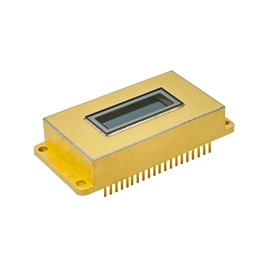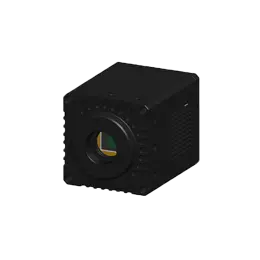
In the quest for sustainable energy, photovoltaics have emerged as a key player in harnessing the power of the sun to generate electricity. As solar technology continues to evolve, new advancements have paved the way for increased solar efficiency. One such innovation is the advent of SWIR detector sensors. In this blog, we will explore how SWIR detector sensors are driving innovation in photovoltaics and revolutionizing solar efficiency.
SWIR (Short-Wave Infrared) detector sensors are advanced imaging tools that detect light in the short-wave infrared spectrum. Unlike traditional silicon-based detectors, SWIR detector sensors can capture images even in low-light conditions, allowing for enhanced solar monitoring. These SWIR sensors provide critical data on solar panel performance and help identify potential inefficiencies, thereby contributing to overall solar efficiency.
One of the key factors affecting solar panel efficiency is the presence of defects or anomalies. Identifying and addressing these issues promptly is crucial to ensure optimal energy production. SWIR detector sensors play a pivotal role in this process by providing high-resolution thermal imaging capabilities. This allows for the detection of hotspots, cracks, and other irregularities that may hamper the overall performance of solar panels. By swiftly spotting and rectifying these problems, SWIR detector sensors significantly contribute to enhancing solar efficiency.
Solar panels are exposed to various environmental factors that can impact their efficiency. Changes in temperature, dust accumulation, and shading can all affect the performance of solar cell inspection. SWIR detector sensors aid in monitoring such changes through real-time thermal imaging. By detecting variations in temperature, these sensors help optimize solar output by identifying the areas that require preventive measures or maintenance. Additionally, SWIR detector sensors enable efficient tracking of sunlight, allowing for maximum absorption and energy generation even in less-than-ideal weather conditions.
Ongoing research and development in SWIR detector sensors are further propelling solar efficiency in photovoltaics. Innovations such as higher sensitivity, improved image resolution, and enhanced durability are constantly being explored. Additionally, manufacturers like Ghopto are introducing compact and cost-effective SWIR detector sensors, making them more accessible to solar industry stakeholders. These advancements not only improve overall system performance but also contribute to reducing operation costs, making solar energy an even more attractive and financially viable option.
As the world shifts its focus towards clean and renewable energy solutions, the significance of solar efficiency cannot be overstated. SWIR detector sensors are playing a crucial role in driving innovation in photovoltaics by enhancing solar panel inspection, maximizing energy output, and enabling advancements in solar technology. The ongoing advancements in SWIR detector sensors, exemplified by brands like Ghopto, are paving the way for increased adoption of solar energy by making it more efficient, reliable, and cost-effective. With SWIR detector sensors at the forefront of solar technology, we are poised to step into a future powered by sustainable energy.



